Understanding autism vs ADHD in women can change how you see your past, manage your present, and plan for support. Women often show both conditions differently than the stereotyped male presentations clinicians historically used to build diagnostic checklists. That means many women experience years of masking, misdiagnosis, or vague labels like “anxiety” or “depression.”
In short: autism and ADHD in women symptoms frequently overlap, but the internal experience and patterns of coping masking, sensory load, emotional regulation help differentiate them. This article explains common overlaps, clear differences, and practical steps women can use to understand and support their neurodivergent brains.
Why are autism and ADHD often missed in women?
Diagnostic tools and cultural expectations have favoured male presentations of neurodivergence. Girls and women commonly learn social scripts early, developing sophisticated masking strategies: they imitate social behaviours, rehearse responses, and organise their lives around avoiding scrutiny. Masking reduces visible signs, but it costs energy often resulting in chronic fatigue, anxiety, or sudden burnout later in life.
Other reasons for missed diagnosis include co-occurring conditions (depression, anxiety, eating disorders), clinician unfamiliarity with female presentations, and social expectations that women be more socially attentive or organised expectations that hide real struggles.
Also read - is ptsd a disability
What are the overlapping symptoms of autism and ADHD in women?
Both conditions can share features that make them hard to tell apart without careful attention:
-
Social fatigue: needing long recovery after socialising
-
Sensory sensitivity: discomfort from lights, textures, or noise
-
Emotional intensity or dysregulation: strong reactions that are hard to modulate
-
Executive function challenges: trouble with planning, time management, or starting tasks
-
Hyperfocus and shutdown cycles: intense absorption followed by exhaustion
-
Sleep disruption and irregular energy patterns
These overlapping symptoms mean someone might relate strongly to both diagnostic frameworks. The pattern, history, and predominant internal experience are key to understanding which traits are primary.
How autism in women typically presents
Autistic women often describe an internal world that is richly detailed and intensely felt. Common features include:
-
Deep special interests: intense, long-standing focus on specific topics
-
Subtle social differences: good at social imitation but exhausted by the effort; struggles with unwritten social expectations
-
Sensory processing differences: strong reactions to sensory inputs or a paradoxical under/over-response
-
Preference for routine and predictability: distress around unexpected changes
-
Literal or concrete interpretations: difficulty with abstract social nuance or small talk
Because many autistic women learn to copy social behaviours, the outward appearance can seem “functional” while internally they expend significant energy to maintain that façade.
How ADHD in women typically presents
ADHD in women frequently centers on attention, regulation, and arousal systems:
-
Variability of attention: frequent distractibility, but also episodes of hyperfocus
-
Time-blindness: difficulty gauging time, leading to chronic lateness or rushed work
-
Impulsivity and emotional reactivity: making decisions quickly or having strong mood shifts
-
Disorganisation and starting tasks: trouble initiating routine tasks despite intention
-
Need for stimulation: boredom feels uncomfortable; novelty can feel energising
Women with ADHD may appear creative and energetic, but their internal chaos around organisation and prioritisation causes ongoing stress and frustration.
Key differences: autism vs ADHD in women (practical comparison)
|
Domain |
Autism (common pattern) |
ADHD (common pattern) |
|
Social interaction |
Masks social behaviour; finds social rules tiring |
Engages socially but attention drifts; may interrupt |
|
Focus |
Narrow, sustained interests |
Attention shifts but can hyperfocus |
|
Sensory |
Strong sensory sensitivity or difference |
Distracted by environment; sensitivity possible but less central |
|
Routine |
Seeks routine; change is destabilising |
Boredom with routine; seeks novelty |
|
Emotional style |
Internalised intensity; meltdown/shutdown possible |
Rapid mood shifts; externalised frustration |
|
Diagnostic cue |
Longstanding social processing differences |
Prominent attention/executive function issues from childhood |
Note: co-occurrence is common many women experience AuDHD (autism + ADHD), so traits from both columns can appear together.
The lived experience: how these patterns feel day-to-day
Women often report a sense of being “out of sync.” Examples include:
-
Exhaustion after socially “performing” all day.
-
Completing a task while dozens of other small tasks go unfinished.
-
Feeling misunderstood by partners, managers, or friends who see only the outward behaviour.
-
A relief when a diagnosis or framework provides language for experiences that felt chaotic or shameful.
That lived reality is why understanding patterns not just checking symptom boxes is critical. Language helps reduce self-blame and opens pathways to practical support.
Practical supports and strategies
Whether you identify more with autism, ADHD, or both, practical, brain-aware strategies can help:
-
Sensory regulation: identify triggers (light, sound, texture) and build micro-adjustments sunglasses, noise-cancelling earbuds, or texture-friendly clothing.
-
Energy mapping: track when your concentration peaks and schedule demanding tasks then.
-
Task scaffolding: break work into tiny steps with clear start and stop cues. Use timers and visual checklists.
-
Rest and recovery: prioritise downtime after social events; accept rest as productive.
-
Boundary practice: script short, clear ways to say “I need a break” or “I’ll reply later.”
-
Community and coaching: peer groups or neurodiversity-aware therapists can offer validation and targeted strategies.
-
Neural regulation practices: breathing exercises, slow movement, rhythmic activities, and guided sensory modalities can reduce overwhelm.
For further reading and site navigation:
How tools and gentle neuromodulation can help
 Non-invasive, sensory-based interventions can support nervous-system regulation and cognitive balance. Some people find that structured visual or rhythmic stimulation helps reduce hyperarousal and improves focus. These approaches are best used as complements to therapy, routine changes, and community support.
Non-invasive, sensory-based interventions can support nervous-system regulation and cognitive balance. Some people find that structured visual or rhythmic stimulation helps reduce hyperarousal and improves focus. These approaches are best used as complements to therapy, routine changes, and community support.
neuroVIZR offers targeted visual sequences and protocols designed to help the brain shift toward more coherent, regulated states; many users report improved capacity for calm and clearer attention when these sessions are included in a broader self-care plan.
Conclusion: Why understanding autism vs ADHD in women matters
Recognising autism vs ADHD in women and the common autism and adhd in women symptoms that cross both conditions is about offering yourself kinder questions and better tools. Accurate language reduces shame, improves access to appropriate supports, and helps you develop strategies that respect how your brain actually works.
If you suspect you might be autistic, have ADHD, or both, consider seeking a neurodiversity-aware assessment, try the practical strategies above, and explore resources that help regulate the nervous system and lower daily overwhelm. The goal isn’t to fit a diagnostic box; it’s to live more comfortably and authentically in your own life.










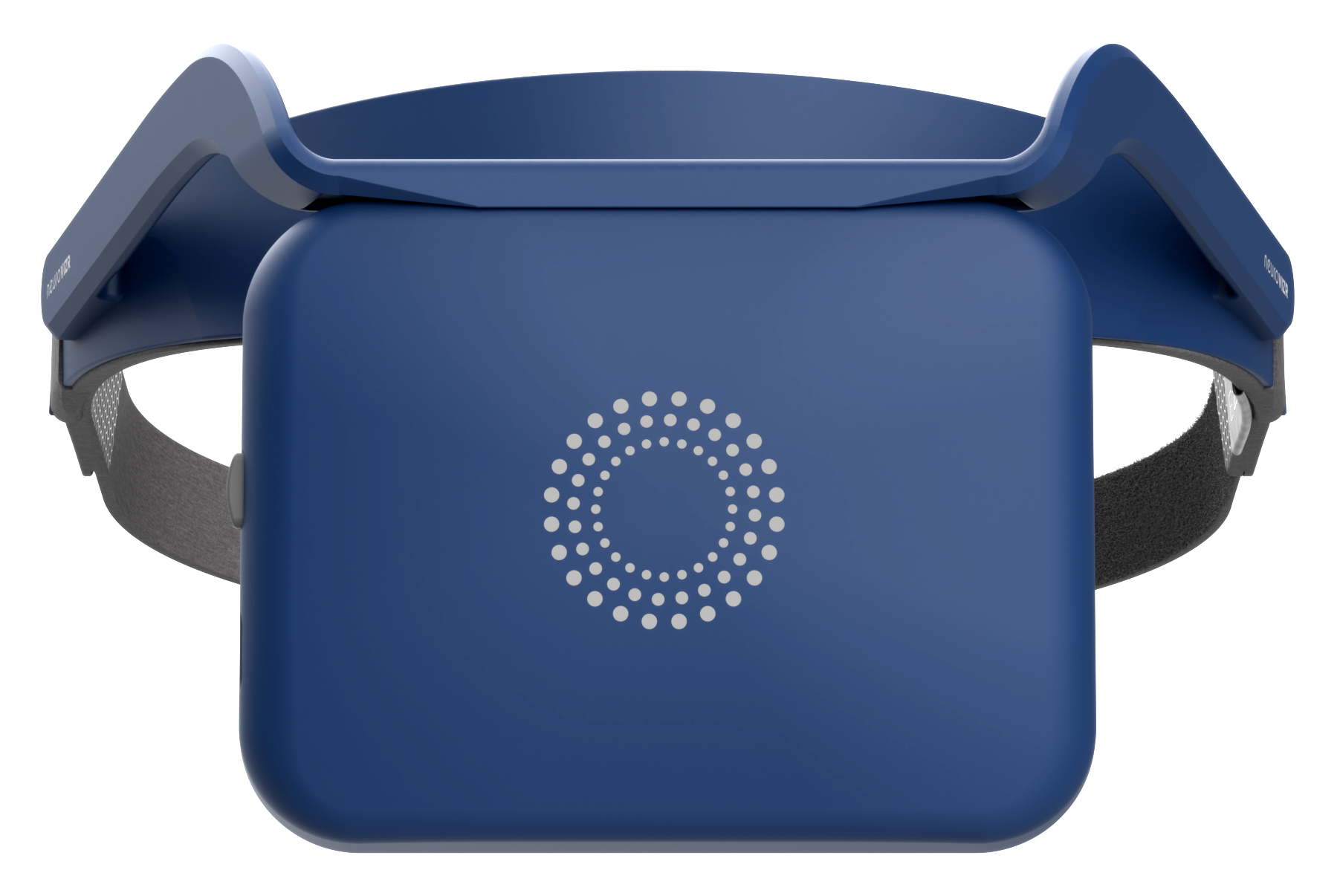


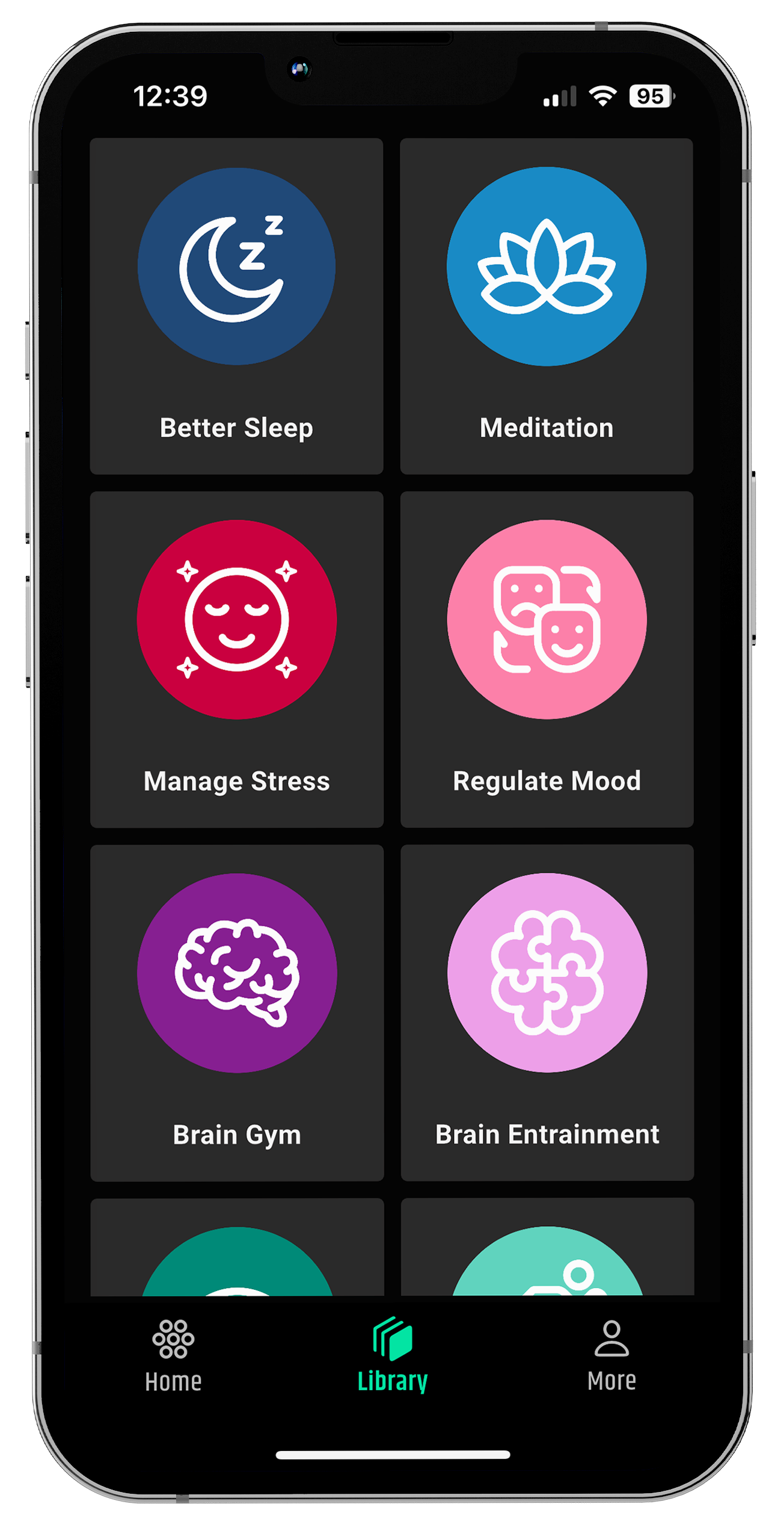


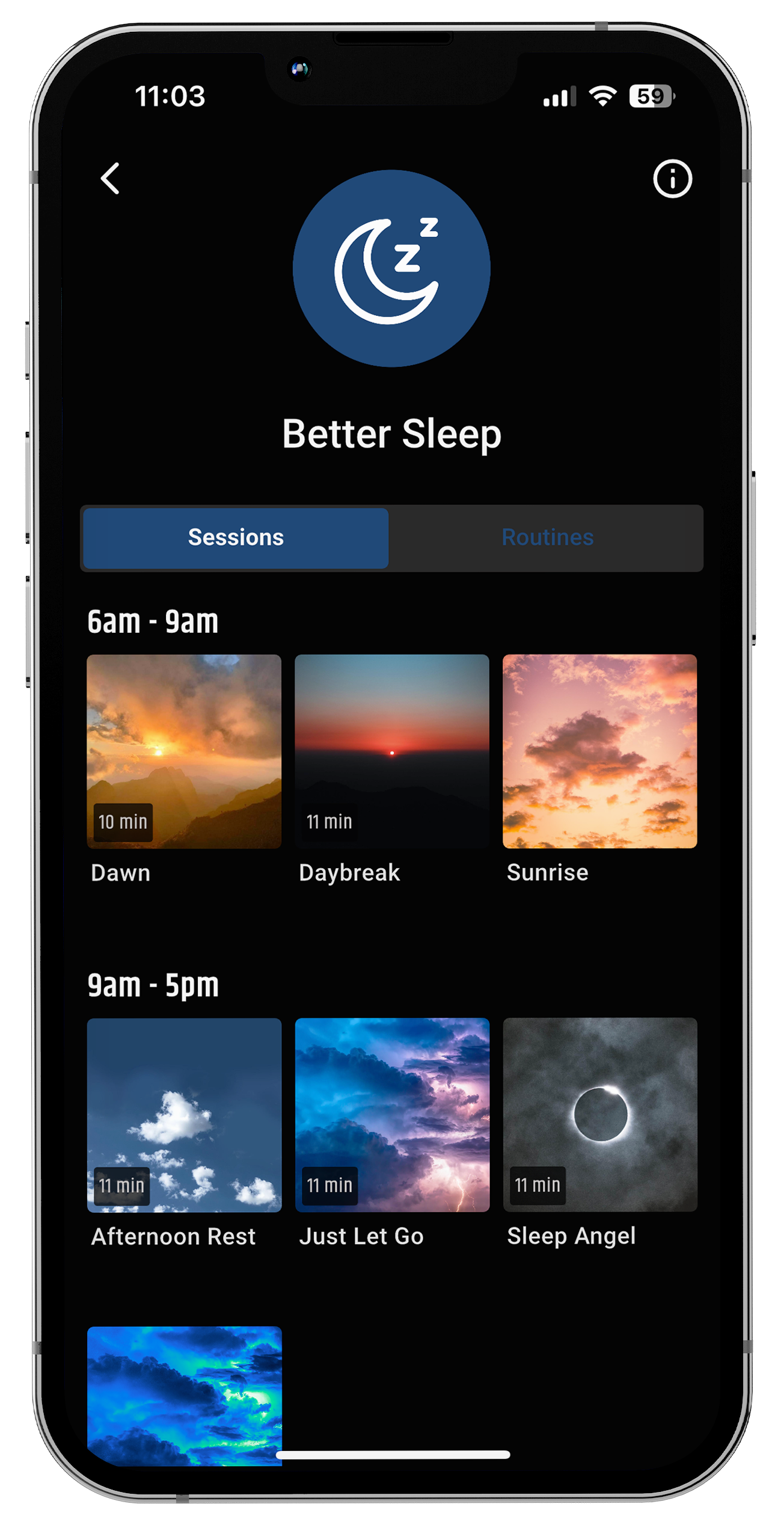




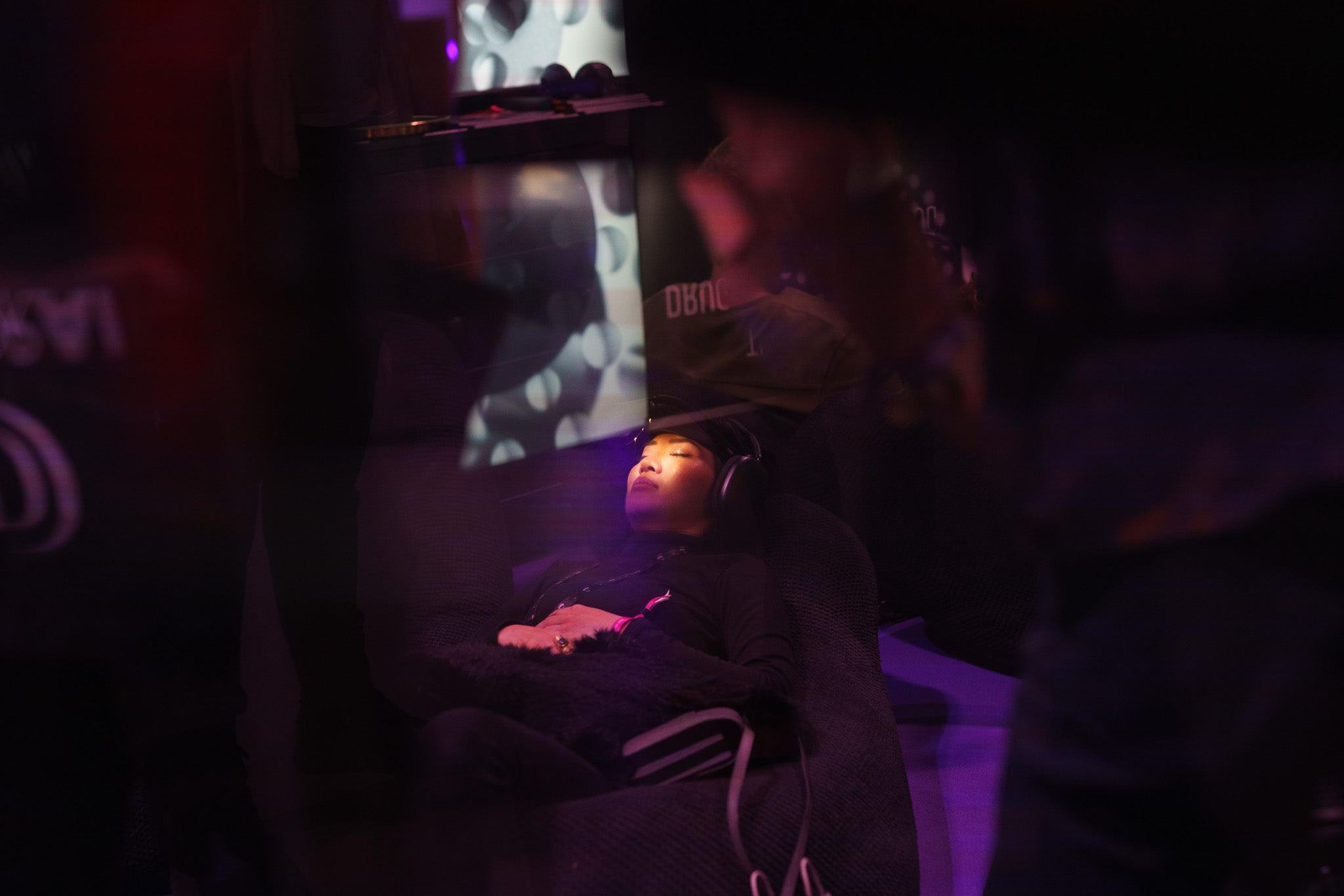




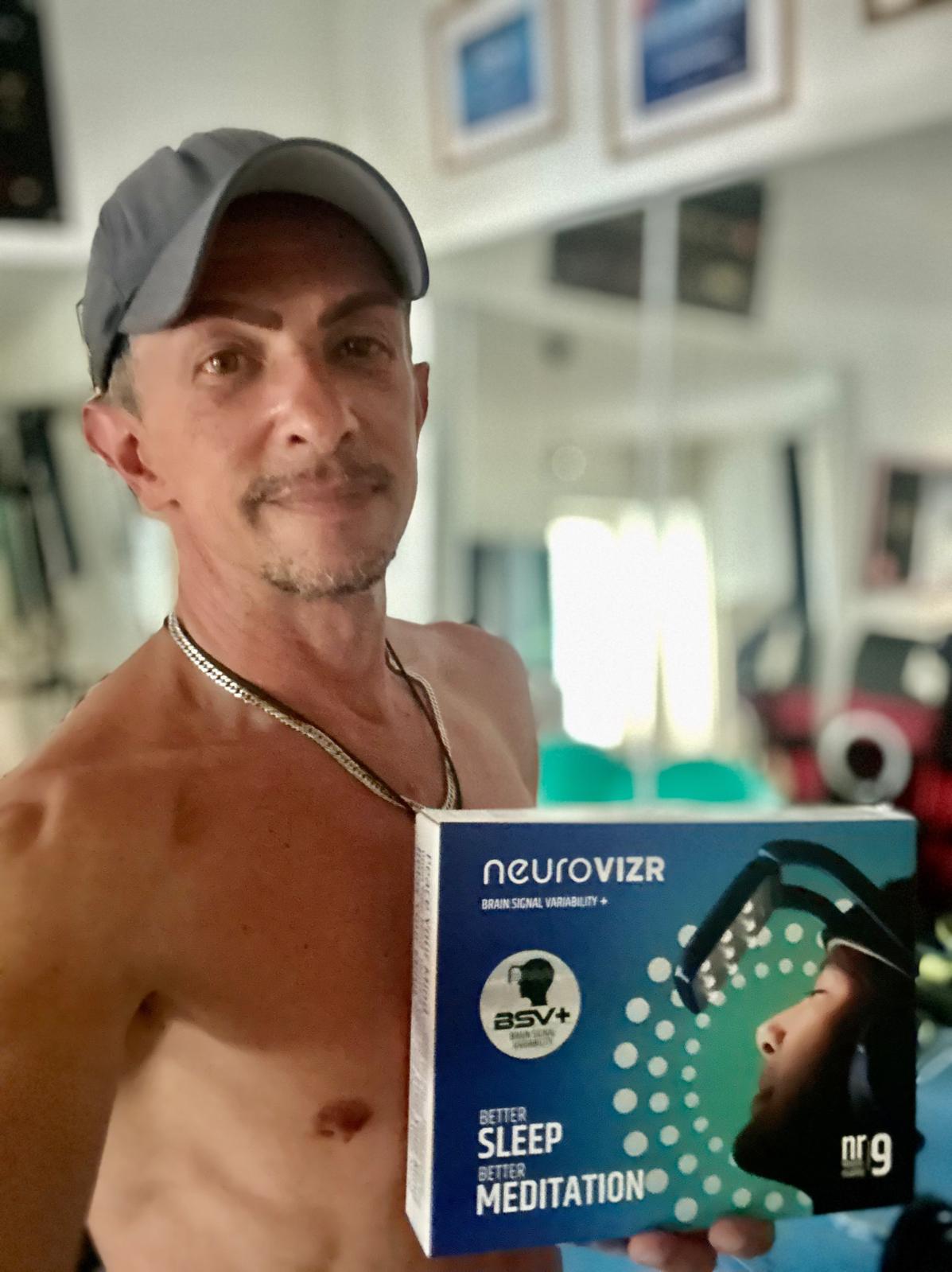
Share:
Neuro Processors Collection Guide: Understanding the Science of Inner Change
Beta Brain Waves: The Science of Focus, Flow, and Mental Clarity